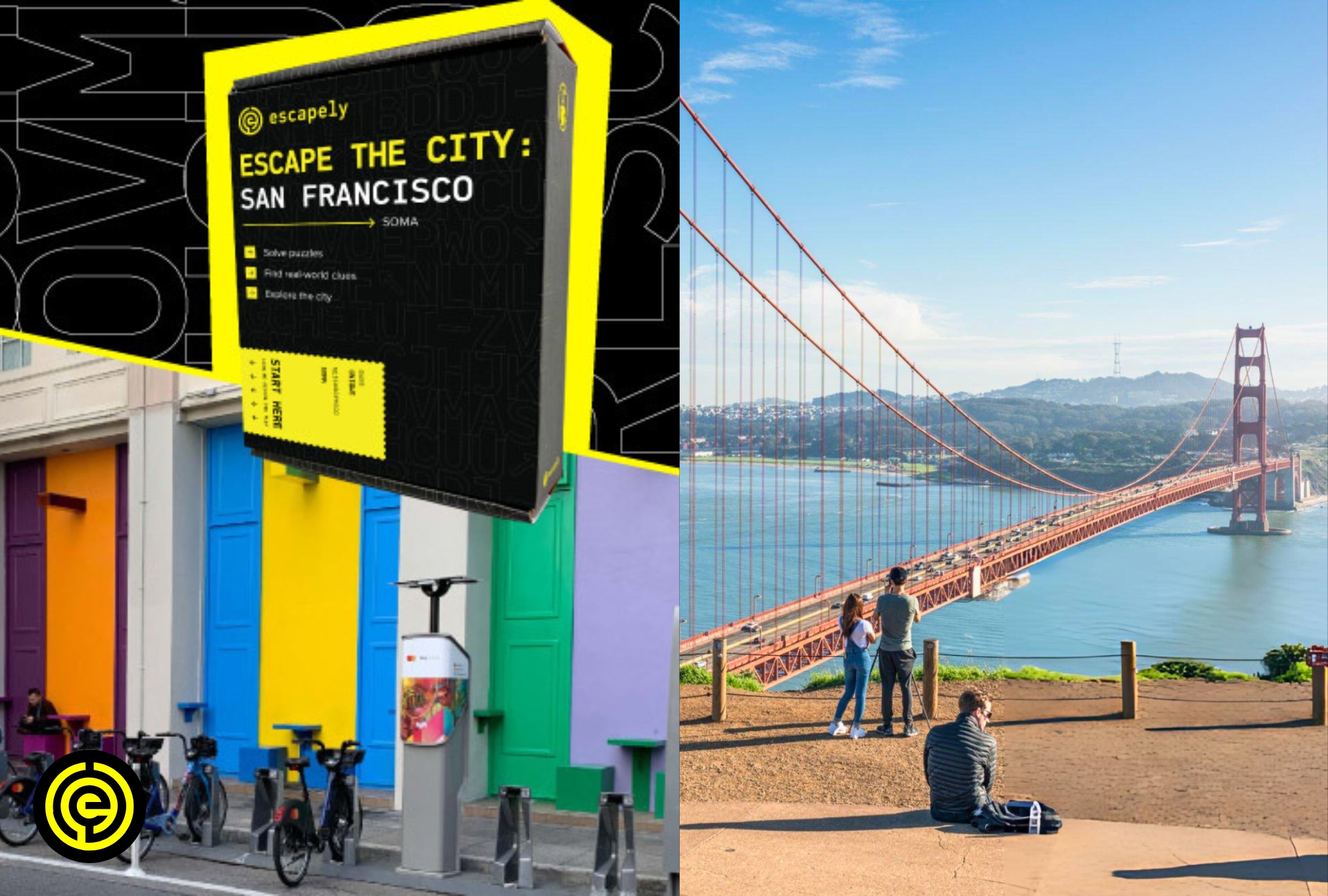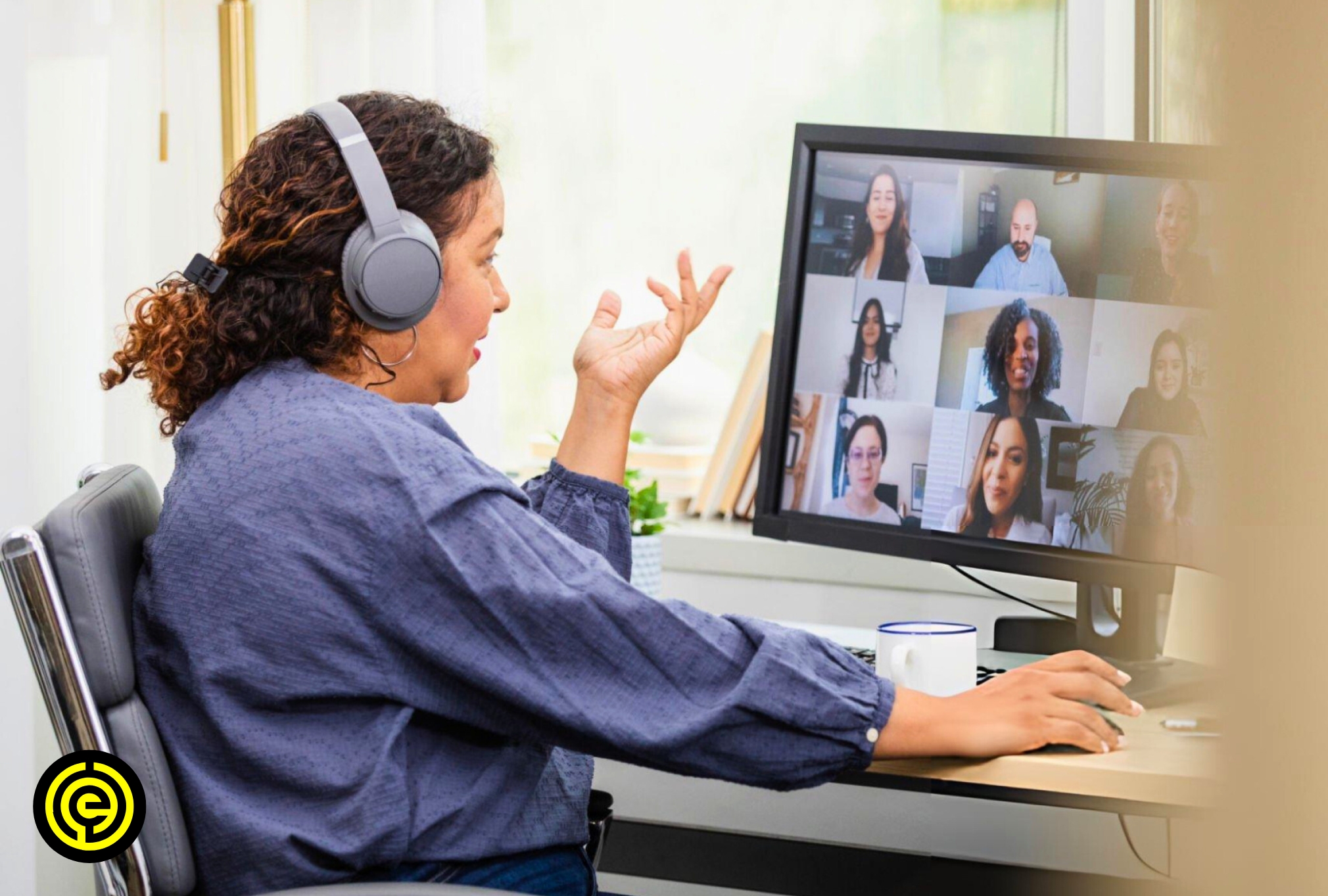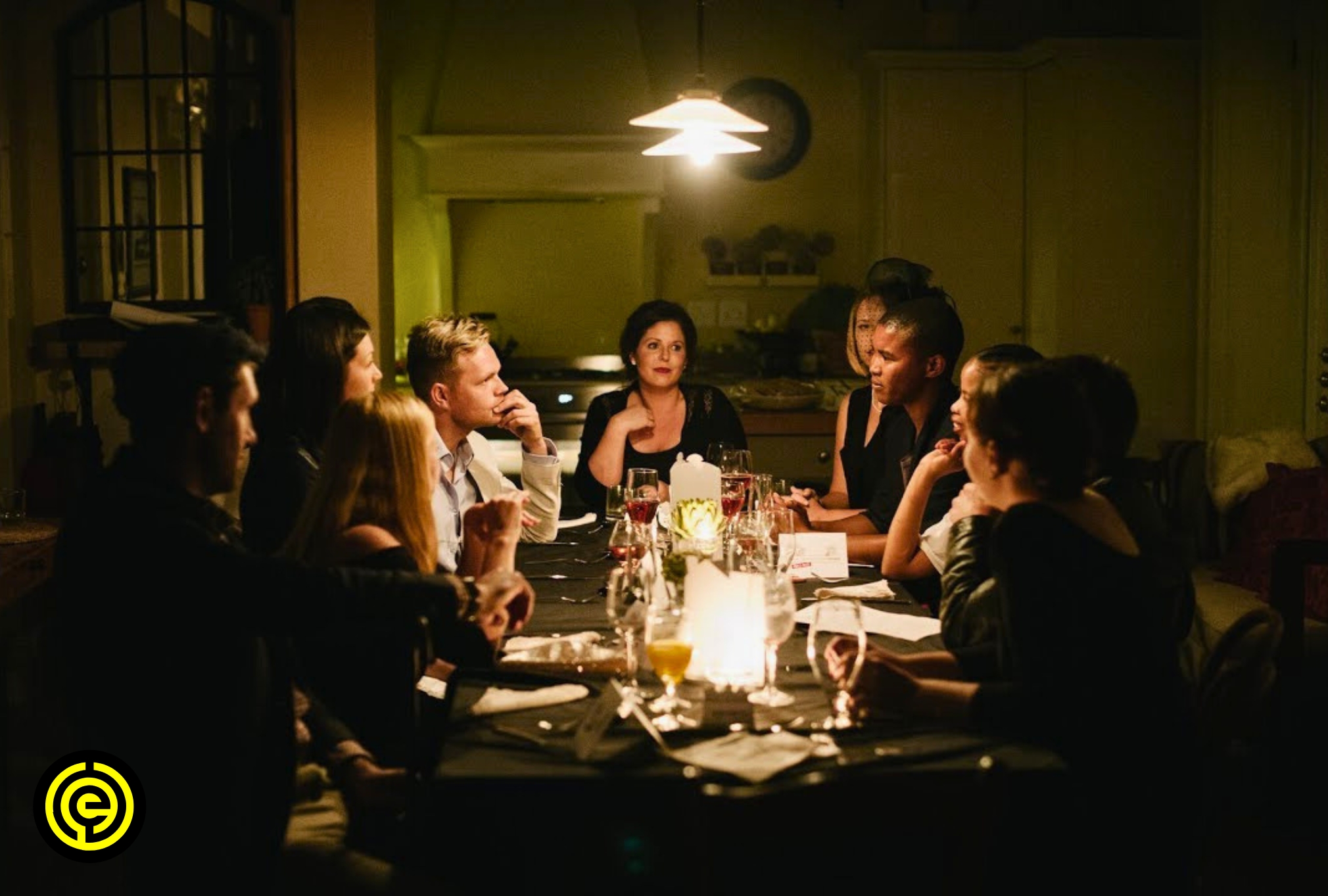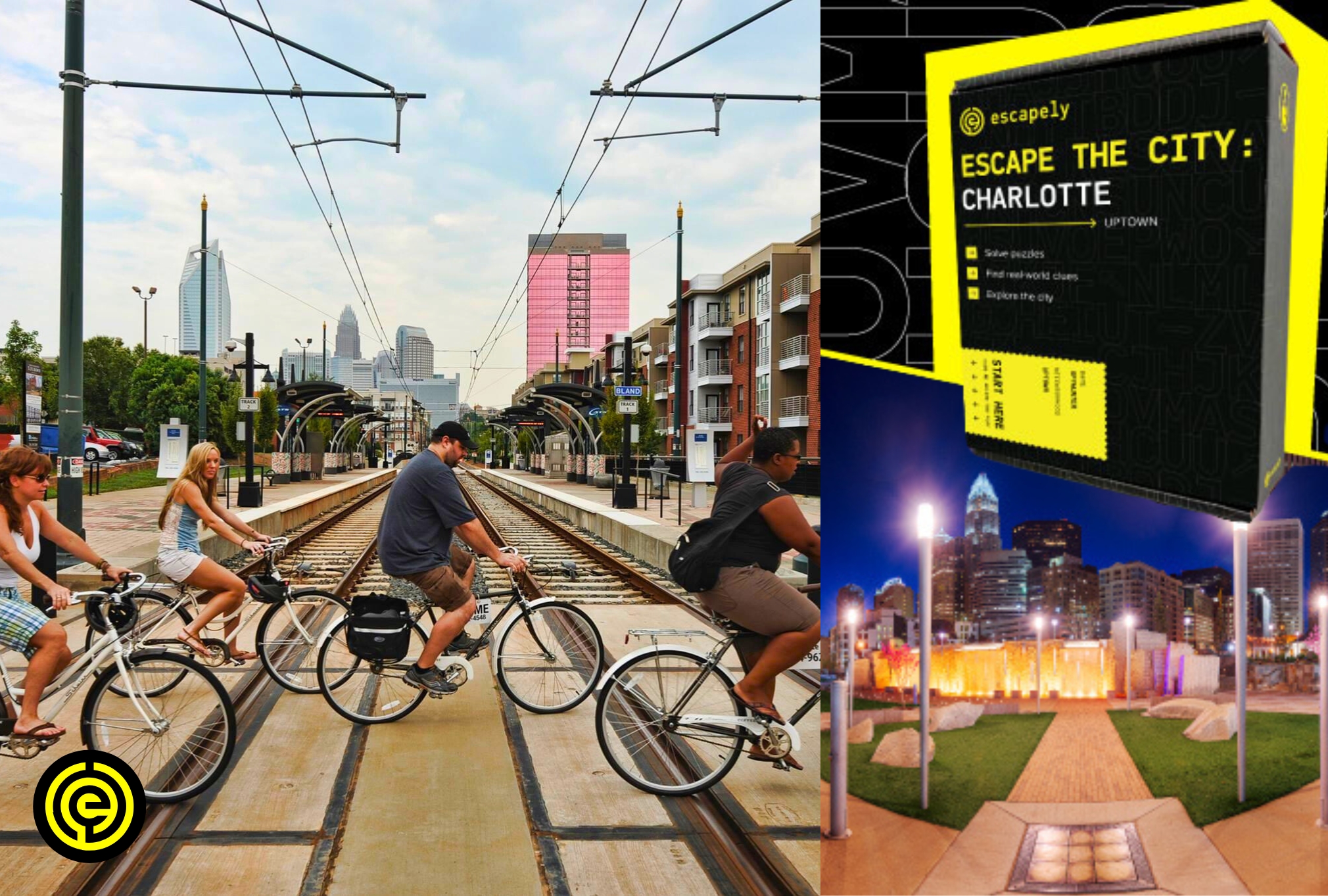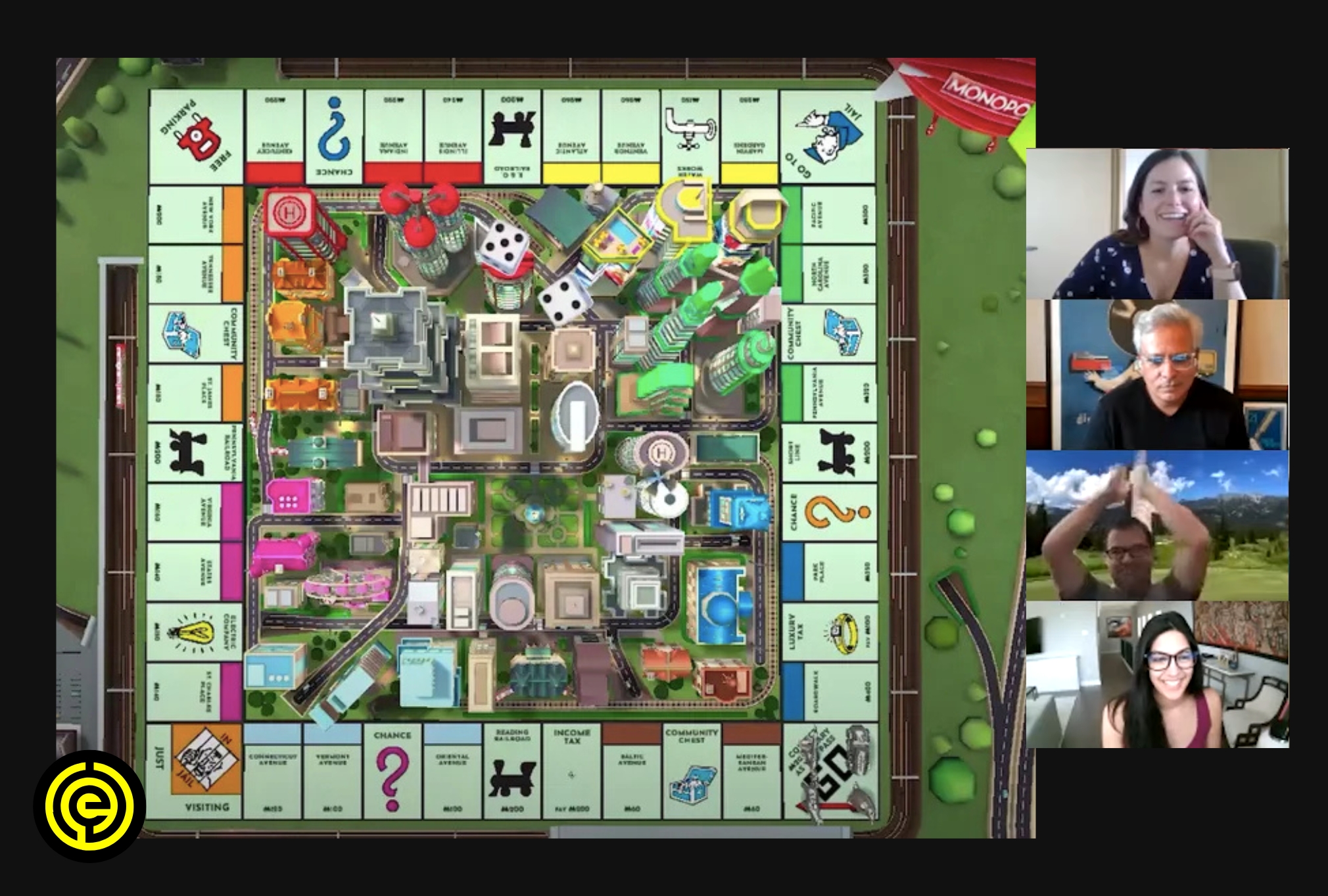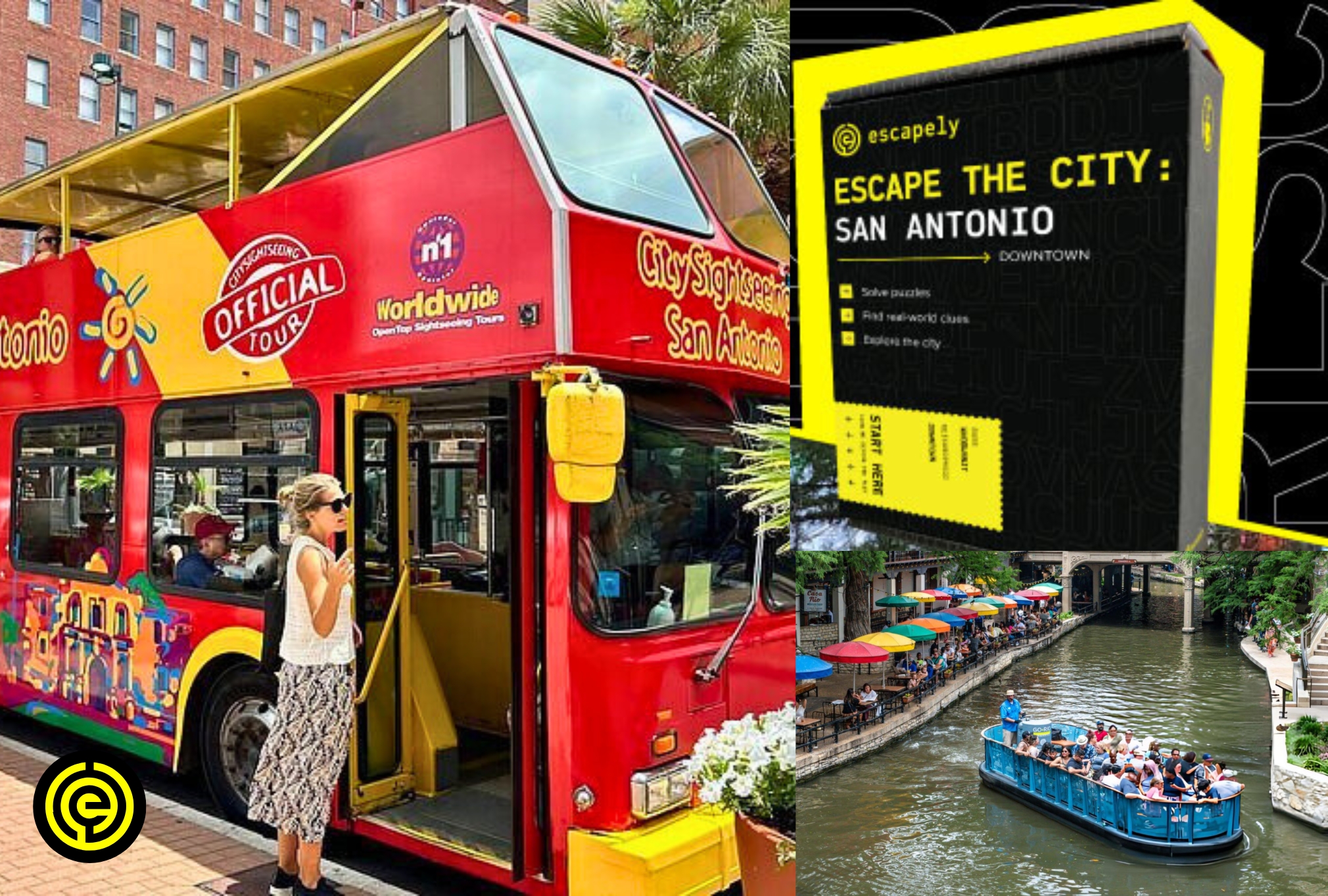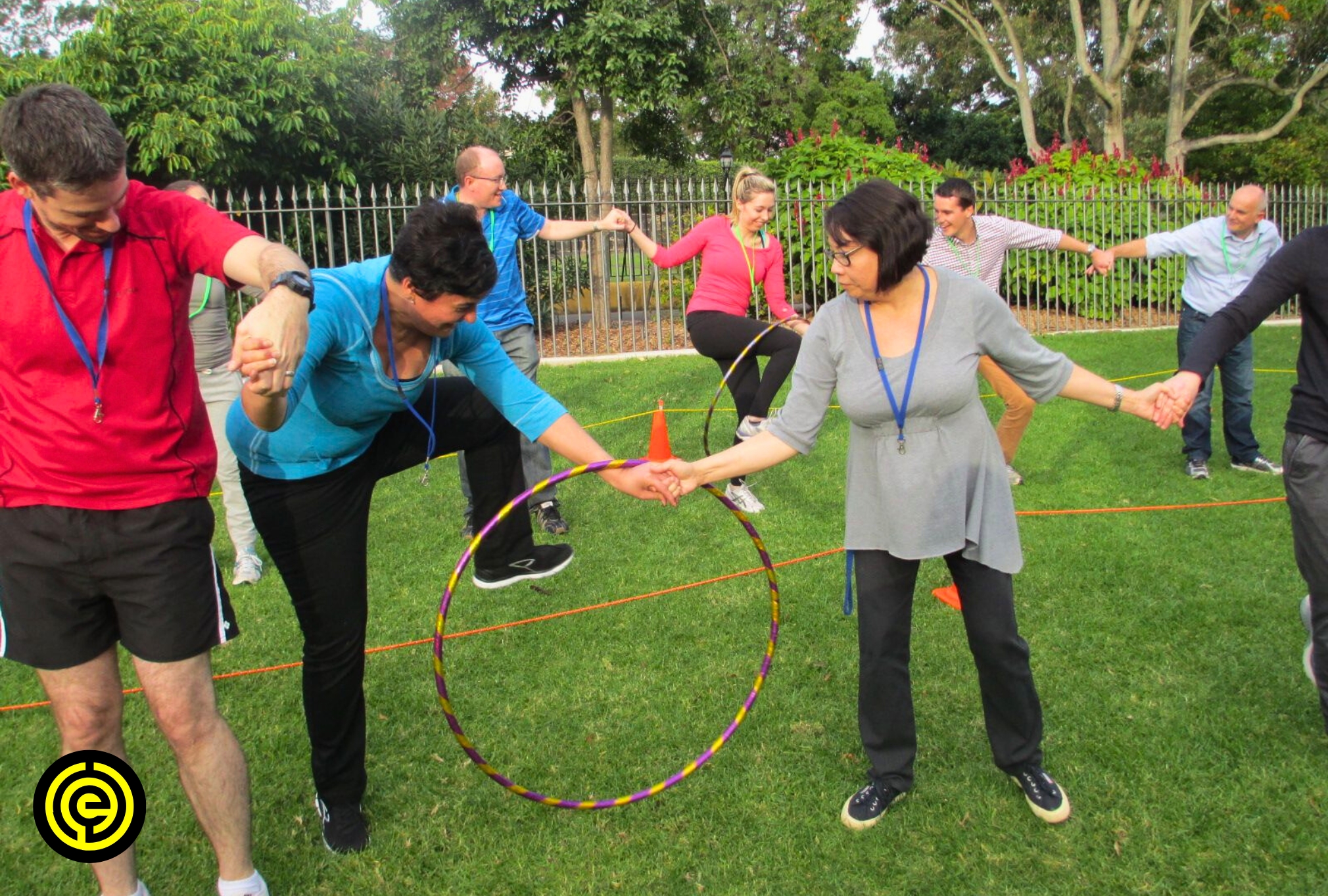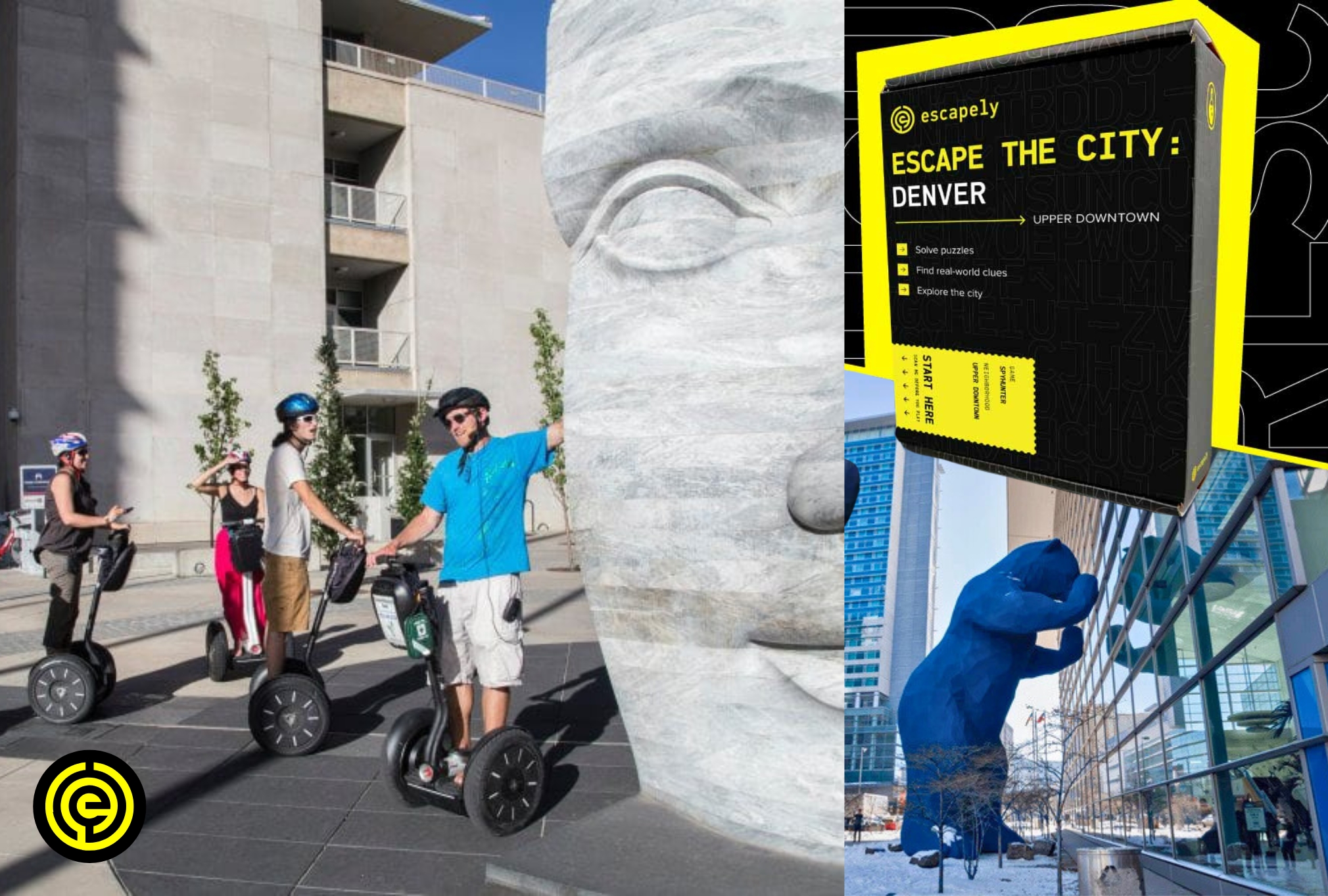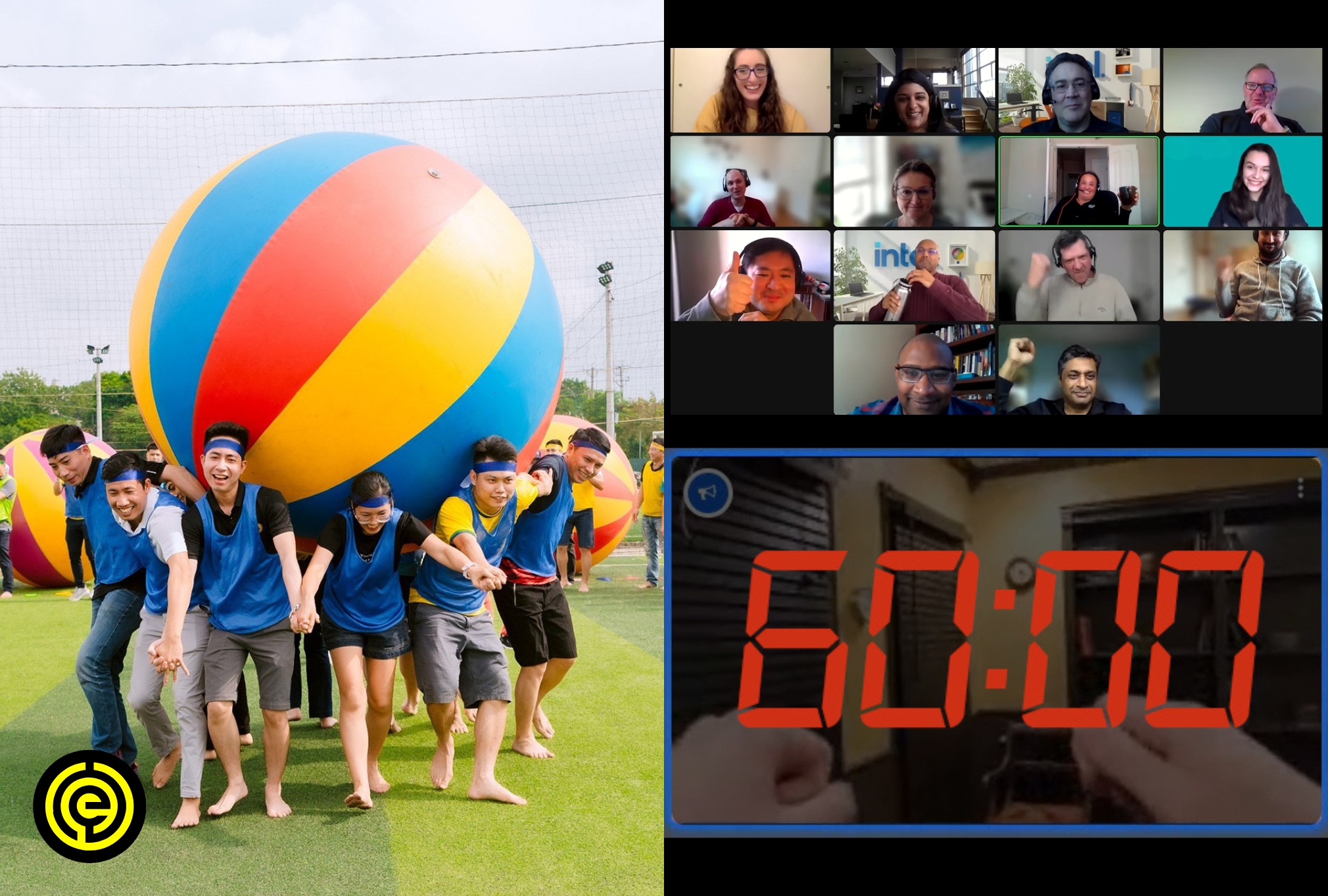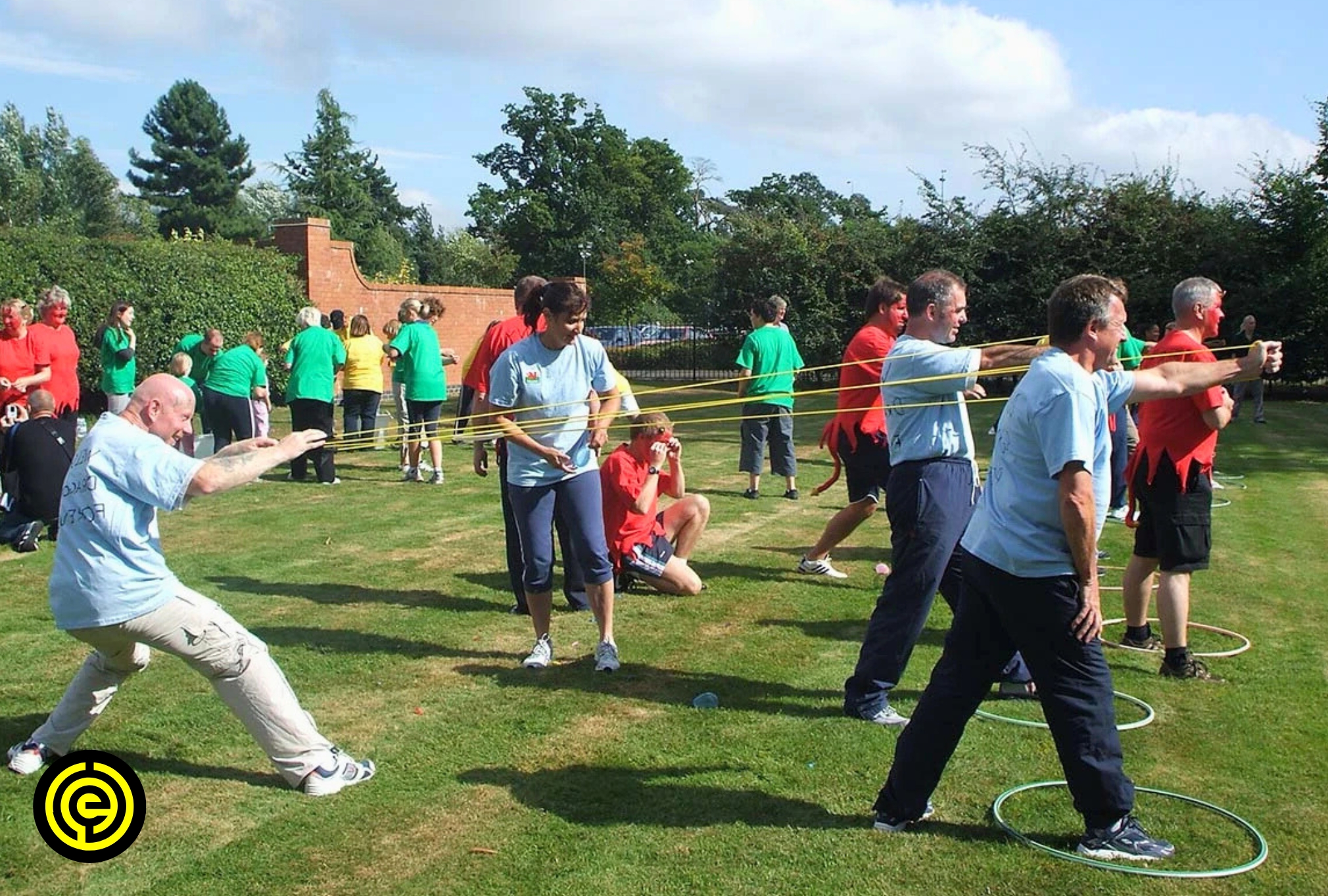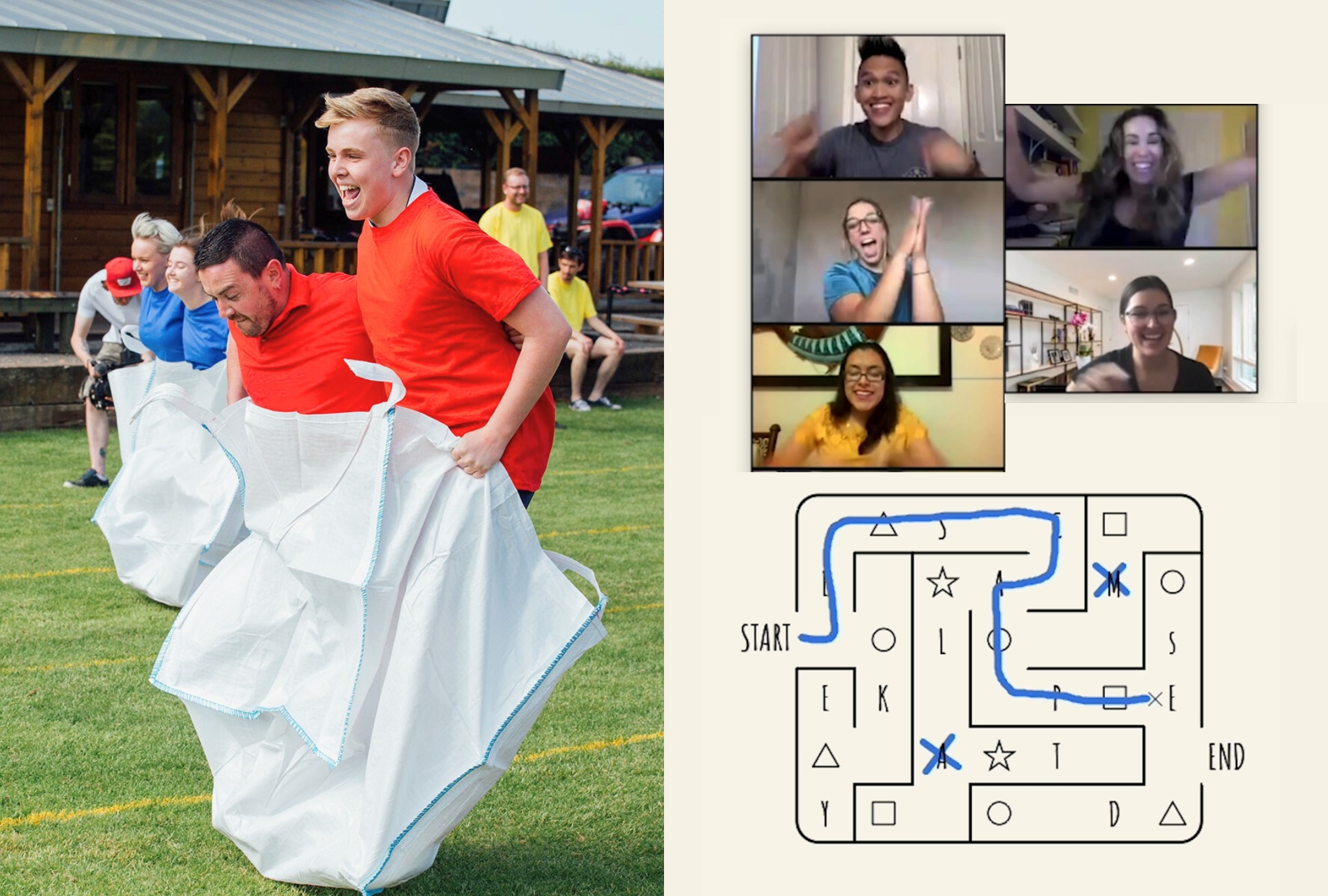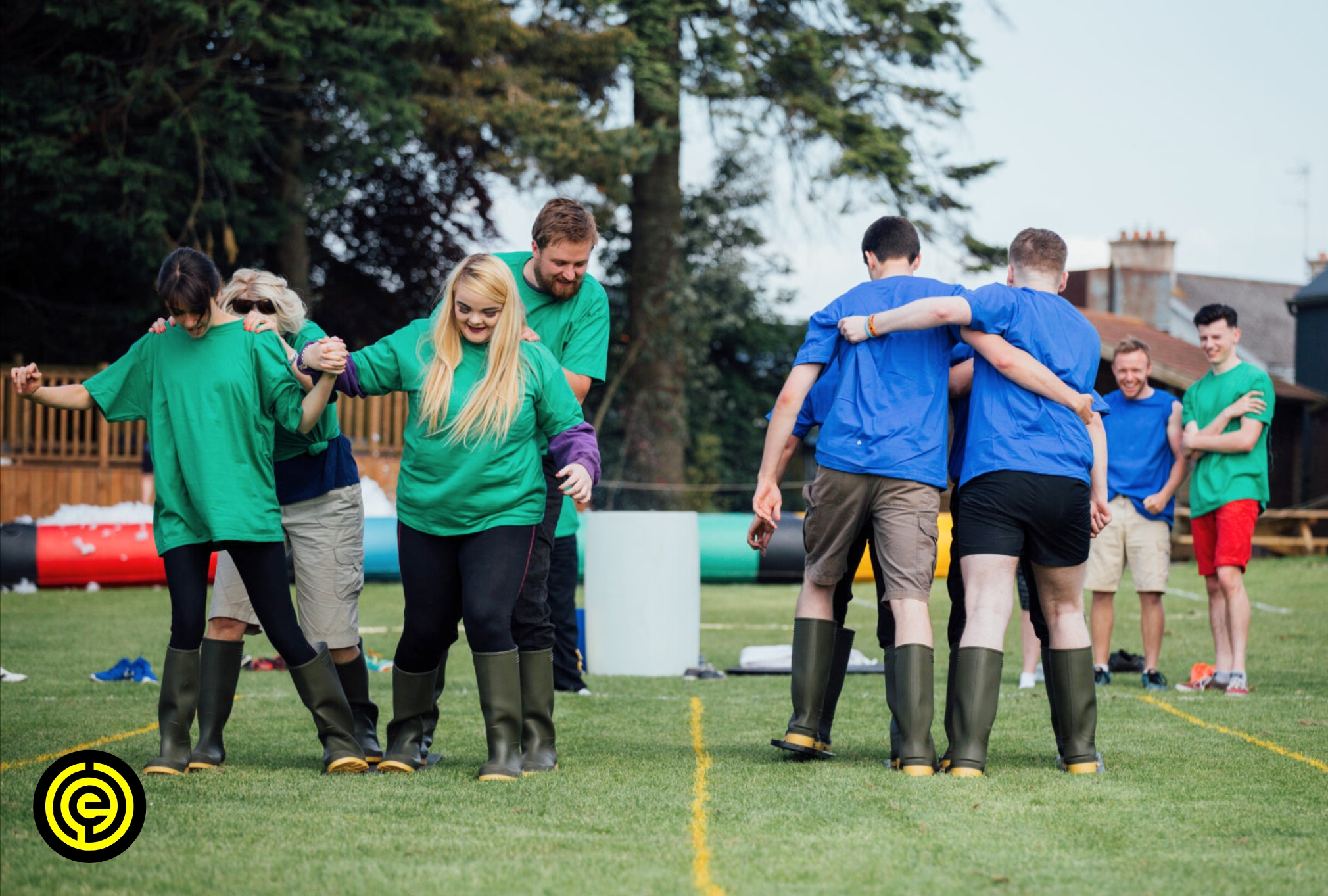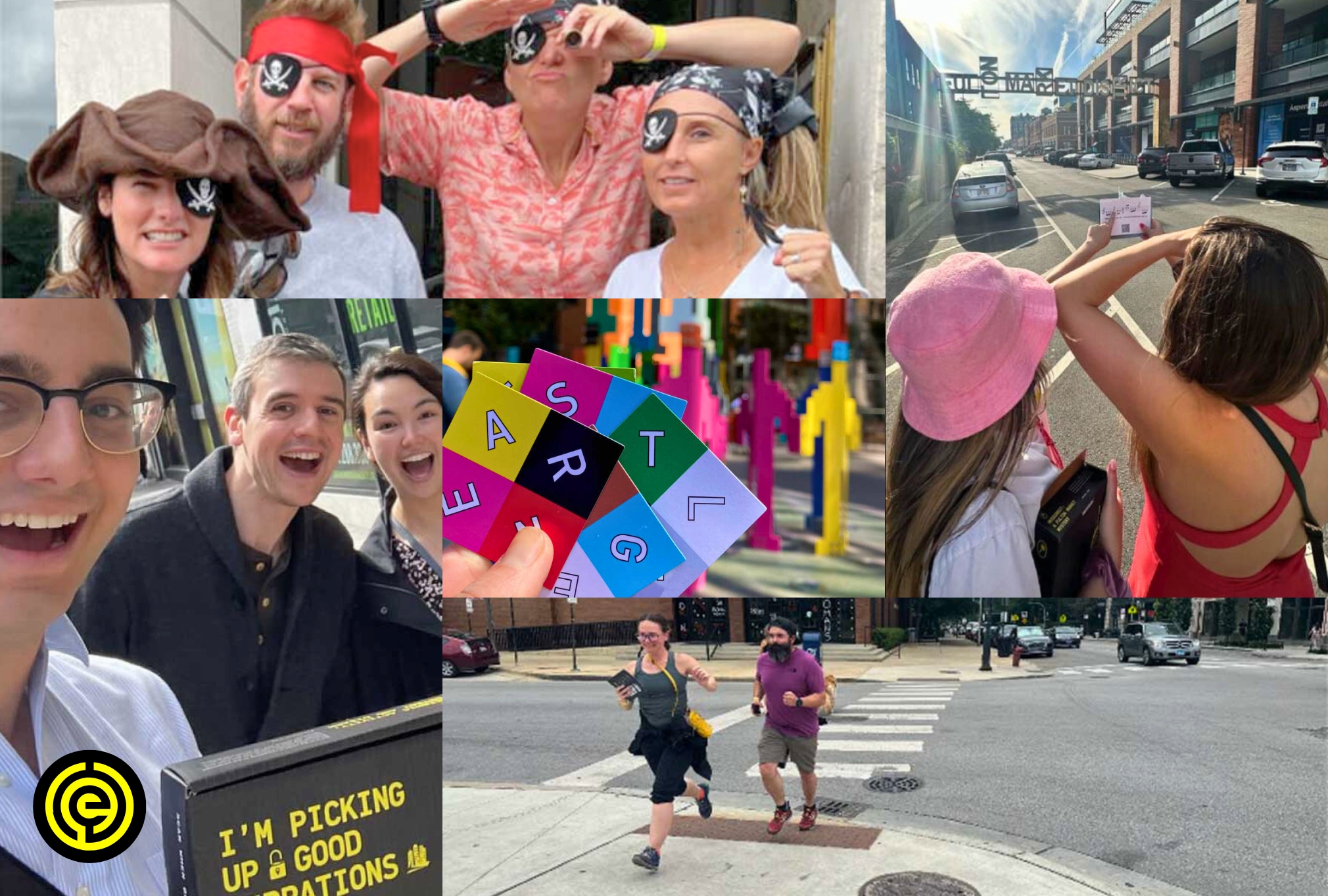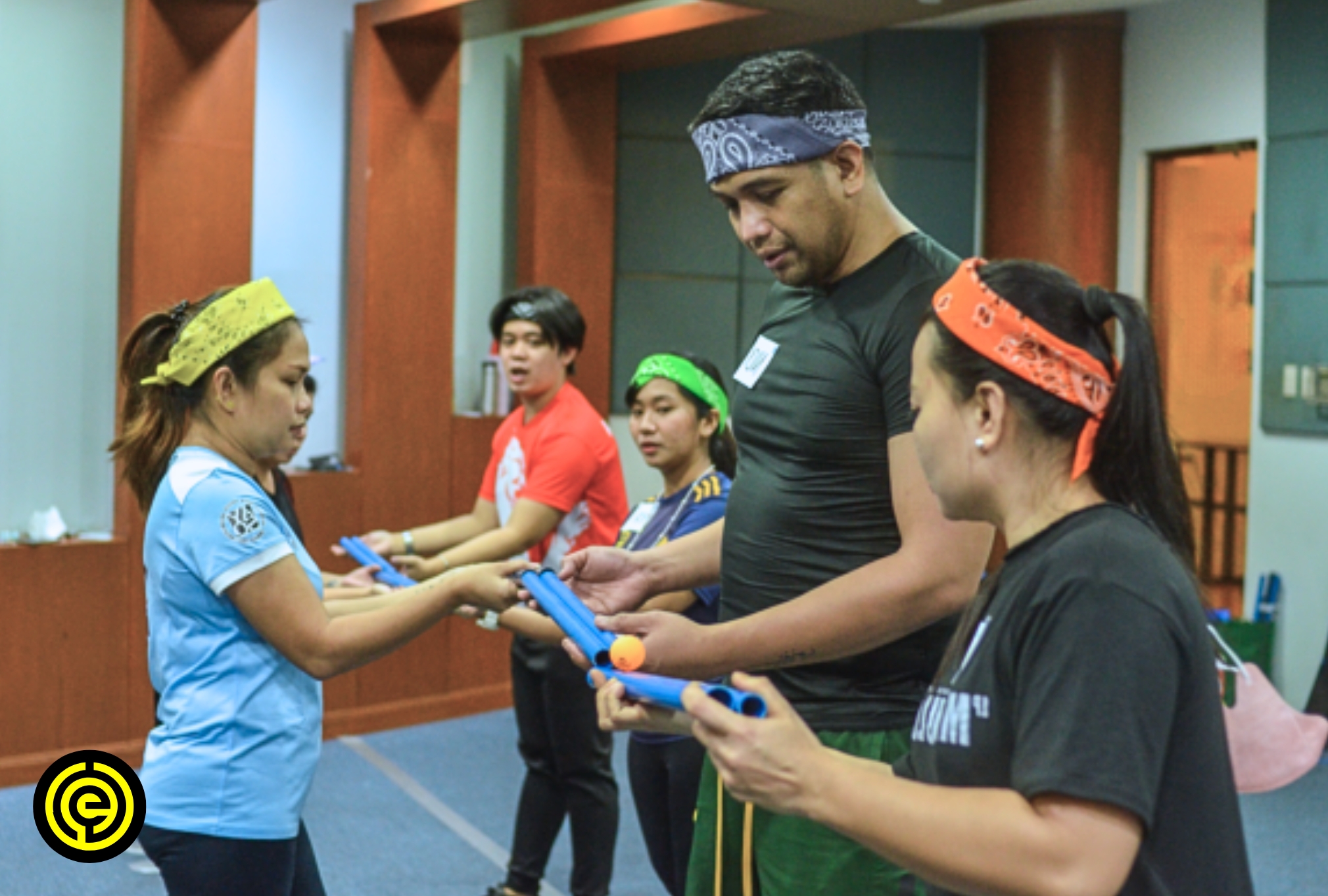Escape rooms have become popular worldwide, captivating participants with a unique blend of storytelling, puzzle-solving, and teamwork.
These immersive games challenge players to solve puzzles and complete physical challenges within a set time.
Escape rooms remained popular despite the pandemic, as adaptations allowed enthusiasts to bring the excitement into their own homes, ensuring that the thrill of deciphering clues and solving mysteries can be experienced without stepping outside. This trend includes creating an escape room or even exploring an escape room from home for added convenience.
Creating an escape room at home remains a fantastic way to craft unforgettable experiences with loved ones. Whether for a small family gathering or a large group of friends, it will foster collaboration, creativity, and a lot of fun through engaging escape room activities. If you’re looking for cool escape room ideas, consider using unique themes, interactive props, and creative puzzles to enhance the experience.
While putting together your own escape room requires a significant investment of time and energy, the rewards are immense, and the memories made are priceless. For inspiration, consider incorporating ideas for escape room puzzles or even virtual escape room puzzle ideas for a modern twist.
You might wonder, “How do I make an escape room at home?” This creative journey promises a captivating challenge and an opportunity to have fun with friends and family. Ideas like DIY puzzles for adults or escape room for adults themes can add variety to your design. Booking a demo with us may also enlighten you on the many escape room scenarios you may try.
Here is how you can make your very own escape room using thoughtful escape room materials and escape room puzzles ideas to bring fun and adventure to any group on any occasion.
Escape The City: Enjoy An Outdoor Escape Room Experience
Looking for a unique, immersive, and fun way to bring adventure into your own home? Escape the City offers an exciting experience that blends real-world exploration with the thrill of puzzles.
Just like Escape the City, which transforms the world around you into a giant game board, you can turn your home into a puzzle-solving adventure. While making your own DIY escape room can be tons of fun, adding elements of exploration and puzzle-solving outside your home brings a fresh twist to the challenge.
This immersive experience takes the adventure beyond four walls, with real-world clues that lead to hidden gems and new discoveries. Explore Escape the City for an adventure that blends puzzles with urban exploration. Shop here and turn outdoor spaces into exciting escape rooms!
Now, let’s explore how to create an escape room at home for an unforgettable experience.
Step 1. Create The Setting and Theme
The first step in creating a captivating escape room is constructing a detailed world through a carefully chosen setting and theme. This foundational layer sets the stage for the following puzzles and challenges, ensuring your escape room stands out.
Narrative and story are vital in fueling players’ imaginations while playing. A compelling storyline engages participants, allowing them to dive deeper into the game and feel part of something larger than the room itself.
Introducing characters or backstories is an effective way to set the vibe and immerse the group entirely. These elements give context to the challenges ahead, turning a series of puzzles into a cohesive and thrilling narrative.
Defining the main objective early on also helps determine the game’s tone. Whether finding a hidden treasure, escaping a zombie apocalypse, or solving a mystery, the ultimate goal should be clear and compelling.
This not only aids in puzzle creation but also helps maintain a consistent theme throughout the experience, allowing you to choose the right decorations, props, clues, and gimmicks to offer players the full escape room experience.
You can consider the following tips to create a good setting and theme.
- Choose a broad theme to work with. Select a theme that is broad enough to accommodate various puzzles and challenges. This ensures the escape room is engaging and provides ample opportunity for creative puzzle design, especially if this is your first DIY escape room. You can also take inspiration from past escape rooms you may have tried to help you get inspired.
- Incorporate many immersive elements to help engage your players. Plan how you will use decorations, music, and props that align with your theme to enhance the atmosphere, as most escape rooms do. These elements help transport players into the world you have created and activate their creative juices when solving the different escape room puzzles they will encounter.
- Avoid overcomplicating your story, whether it is based on other escape rooms or if they are a world of your own. While a complicated backstory adds depth, ensure it is straightforward and easy to understand. Complex or boring stories can detract from the fun and make the game less enjoyable. You would also have to consider the participants of your escape game and how willing they are to immerse themselves in the lore you are creating, especially if you base it on the existing world of your favorite movies or a common interest.
- Have a good balance between challenge and fun based on what your players are into. Ensure the puzzles are challenging but not too frustrating to the point where they just give up. The ultimate goal is for players to have fun and feel accomplished as they progress through the story. While some would enjoy the challenge, it would depend on the guests and how much they are willing to do to solve escape games.
Whether it is a long or short story, the setting and theme are important to immerse the players and get them invested in the story.
Ensure that your world will be something your guests can enjoy, regardless of their backgrounds or interests.
Step 2. Determine How The Players Will Discover Clues
Choosing props and clues aligned with the created scenario is helpful to both the participants and the guides. Each item should seamlessly integrate into the theme, enhancing the story’s depth and experience while guiding them to the answers.
Ensuring props serve a purpose according to the narrative ensures that players remain engaged and that every discovery feels rewarding. The relevance of each clue to the storyline amplifies the satisfaction players derive from solving puzzles.
Incorporate letters and numbers into common items like clocks, books, and maps. These can serve as ingenious ways to conceal escape room puzzles, guiding players through the narrative in an interactive manner.
Some clues may be hidden within the room for players to find, while others could be given progressively as players advance through the game. Some can even be given before the guests arrive, keeping the gameplay exciting and unpredictable.
Consider the following options for securing and revealing clues while setting up your escape room.
- Padlocks: You can utilize different padlocks, such as combination locks, bike locks, and number locks, all available at your local hardware store.
- Marking Clues: For easy identification, you can mark clues with a bright red ribbon, for instance. This helps players know what to look for while also giving the guides the markers they need if they need to drop a hint for the players.
- Jigsaw Puzzle: A jigsaw puzzle that reveals a clue once the players have completed it can be used. You can buy puzzles from existing sets or make and print them out from your computer.
- Hidden Objects: You can place hidden objects in books or under other objects, marked with lights or bright notes for visibility. This can help them solve puzzles or get the next clue to progress during the game.
- Glow Sticks: You can use glow sticks to highlight or point towards hidden areas or objects. This can also help light up the setting, especially if you decide to build your DIY escape room in a dark space.
- Post-It Notes: You can use these notes or small pieces of paper to hide clues in plain sight, adding an element of surprise. You can even try to use invisible ink, a white crayon on a light Post-It note, or math problems to make the notes more fun and challenging for the players to solve.
- Other Objects: Get creative with everyday items that can be turned into puzzle pieces or clue holders, especially if you’re creating a home escape room. This adds a little mystery to familiar items, which can help spark creativity among the players.
You should also consider how to deliver hints when players get stuck. Game masters should know how to provide clues that help keep the game moving without giving away too much, especially if players get stuck on a time-consuming puzzle.
This balance ensures that the escape room remains challenging yet enjoyable and that all players stay engaged and motivated throughout the game.
Step 3. Design the Puzzles and Gameflow
Understanding the importance of creating a game flow chart is the first step in visualizing player progression through the escape room. This chart helps in planning how players move from one puzzle to the next for a smooth and logical sequence.
Decision-making on when players will find certain clues is crucial. Timing can significantly affect the game’s pace and difficulty, making it essential to carefully consider the placement of each clue within the game’s flow.
You can have your escape room in a linear path, where puzzles are solved in a specific order. This creates a straightforward experience, great for a short story or your first escape room design.
You can also opt for multiple paths, where players can solve puzzles in various sequences. This offers players more freedom but can increase complexity and the risk of players getting lost or confused. It can also be tricky to make for a first escape room.
You must incorporate a variety of puzzles to keep players engaged. This diversity ensures that your escape room appeals to different types of thinkers and keeps the game interesting from start to finish.
Consider including the following types of puzzles while formulating your step-by-step guide for the participants.
- Searching: These challenges involve finding hidden items or clues within the room.
- Audio Clues: These use sound or music to convey hints or reveal secret codes. Ensure that the sounds align with the theme and challenges of your escape room to keep your players immersed in the world you have built.
- Patterns: These clues can be simple or complicated, depending on how you arrange them. Solving a puzzle involves identifying patterns or sequences, which can help players exercise attention to detail and critical thinking.
- Math: You can incorporate mathematical problems into your escape room that provide clues or unlock codes. This is a great way to make math fun while exercising important skills.
- Word Puzzles: You can utilize crosswords, anagrams, or other word-based challenges to have your players solve escape room puzzles with words they usually encounter or with words related to the escape room theme.
- Locked Boxes: You can place a clue inside a box that requires a combination to open. This is equivalent to finding hidden treasure when it comes to escape rooms.
- Invisible Ink: These puzzles use hidden messages with a special light or substance that can help the players progress in the escape room. They can typically be viewed by applying heat to the paper or using a specific type of flashlight.
- Cell Phone: Since everyone has a cell phone nowadays, you can use it for text or call-based clues. You can also turn your cell phone into a combination lock by reprogramming the unlock code according to the theme of your escape room. This lessens the use of paper and other disposable materials, opting for a more digital way of exchanging clues and answers.
- Printable Escape Room Puzzles: For beginner DIY escape room designers, it is common to look for free printable puzzles available online. This can be an example or template for what you can do for your room based on existing puzzles available online.
With the puzzles designed, it is time to start arranging the room according to the theme and how you plan for the puzzles to unfold. Here are a few tips on bringing your escape room to life so every element contributes to the experience.
Make Space for Where the Game Will Take Place
When making your own escape game, it is vital to clear the room of non-related furniture and decorations before setting it up with puzzles.
This will decrease the chances of encountering false clues that can get your players lost.
For example, you would not want your players to waste time looking for clues in books you have accidentally left out instead of the actual escape room puzzle pieces you had organized.
It also helps to make space for movement so the players can have more fun without bumping into things. This is important, especially if the space you are using is your own room or house.
Ensuring that only the crucial objects are inside your DIY escape room can help the players find the correct path you have designed.
Have a Checklist at Hand
Stay organized by having a checklist of the materials you need and how you will decorate your DIY escape room.
Given the amount of work involved in building DIY escape rooms, you can expect a long list of tasks before you can give your room a trial run.
Try separating your list based on the regular tasks you need to do and the last-minute tasks you need to check before you start the game.
You can prepare some tasks days or hours before the actual escape game. However, certain things should be done minutes before the game, like resetting a number lock or turning certain lights on.
You should also note every escape room clue inside and outside the setup. This will help you when you need to give hints as the game master and increase your chances of ensuring a successful escape room experience for the players.
Keeping track of where everything goes and what you have finished setting up will help lessen the chances of forgetting something related to your escape room.
Plan How the Puzzles Will Go with the Setup
Having a play-by-play guide on how the puzzles are positioned will help you immensely as the game master of your escape room.
Have everything recorded on a piece of paper or phone so you know where everything is. We recommend your plans be on something handy so you can easily access them.
It will help you plan which puzzles should be near each other and the distance it would take to move from one puzzle to the other.
This will help you visualize everything within your chosen escape room space and pair perfectly with your list. This ensures everything is in the right place and ready for the players.
This is also extremely helpful if you have other people working on the escape room with you. This will help you all be on the same page regarding the puzzles and hints you need to give later.
Are you curious about the many virtual escape room themes your team can experience? Book a demo with us and upgrade your next team building session today!
Step 4. Enhance the Experience
Escape rooms are all about immersing yourself in a unique world of mystery. The essence of escape lies in the transformative power of these rooms to transport players from their everyday lives into a thrilling narrative filled with challenges and discoveries.
Recognizing that these games are about the overall experience, not just the puzzles, is important. A well-designed escape room engages players on multiple levels, creating a memorable adventure that goes beyond simply solving puzzles.
You can consider incorporating the following elements into your DIY escape rooms to add an extra layer of fun and enhance immersion.
- Background Music: You can select music that can set the mood and enhance the thematic atmosphere of the escape room, making the experience more engaging. While it is easy to whip out your phone and play some random pop song, searching for music that fits the theme, even if it does not have lyrics, can change the whole vibe of the room.
- Themed Lighting: Lighting plays a crucial role in setting the right ambiance. You can use colored lights or dimming options to create suspense or highlight important areas. Even flashlights in darker rooms can change how the players see their environment.
- Props: You can use authentic props that fit the theme to significantly enhance the realism of the escape room, making puzzles more interactive and fun to solve. For the most part, these can be included in printable escape room kits. However, if you are following a theme of an existing world, like a movie or a book, it will likely be easier to find props and merchandise related to them.
- Special Effects: Some special effects can be quite expensive. Typical examples are fog machines, scent diffusers, or sound effects to add depth to the theme. These sensory elements can make puzzles more compelling and the environment more immersive. For more DIY-friendly special effects, you can use aroma diffusers and smartphone tricks to help create simpler effects that can still help immerse the players into the games.
- Technology: Integrate technology such as tablets, smartphones, or projectors to present puzzles in innovative ways. Augmented reality apps can also bring an exciting, modern twist to your escape room. You do not have to spend much to incorporate technology into your setup. Sometimes, the best effects of technology can come from the ones you already have.
- Interactive Elements: Create puzzles that require physical interaction beyond just finding and solving. For example, tasks that involve assembling pieces, moving objects to reveal clues, or using magnets to unlock mechanisms can add a hands-on aspect to the game.
- Personalization: Tailor the experience to your group by incorporating personal references or inside jokes into the puzzles. This personal touch can make the game more engaging and meaningful for players. Ensure that these personalizations can still fit into the theme of the escape room so it does not bring the players out of the world you created.
- Narrative Depth: Enhance the story with diary entries, letters, or video messages from characters within the game. These elements can provide a backstory, deepen the plot, and motivate players to solve the puzzles. Ensure that the story will flow coherently throughout the game, from the first letter, entry, or message to the last.
- Themed Invitations: Send out themed invitations that introduce the story and set the tone for the escape room. This pre-game touch can start the immersion before players even arrive.
- Reward System: Consider implementing a reward system for solving puzzles or completing challenges. Small prizes or thematic tokens that contribute to the final escape can motivate players and add an extra layer of excitement.
Having those assisting in the game wear specific costumes can further immerse players into the game’s world. Costumes add a visual element that complements the theme and makes the experience feel more authentic.
It is also a great idea to establish dress codes and encourage players to dress up for the occasion based on the theme. Keep in mind the activities players will be doing within the escape room, so outfits must be comfortable and appropriate for movement.
Enhancing the experience will make the escape room more fun and exciting for the players. The attention to detail in the atmosphere, combined with interactive and thematic elements, transforms the game into an unforgettable adventure.
Try out the different effects and puzzles before inviting your friends to a game. Double-check that every escape room clue is properly placed, especially if you must put a clue inside a box or other hiding place.
Step 5. Play and Have Fun
Escape games excel in fostering unique social dynamics, bringing people together in a collaborative effort to solve various puzzles and challenges.
These experiences encourage teamwork, communication, and problem-solving skills, all within the context of fun and excitement.
Take the time to enjoy watching players bring your DIY escape room to life. Seeing friends and family engage with the puzzles you’ve created and work together to find solutions is incredibly rewarding, after all.
The experience of playing your escape room is likely to be talked about long after the game concludes. Memories of the challenges overcome and the fun had by all will foster a sense of achievement and camaraderie among the players.
When you create a successful escape room, you can inspire future escape rooms and other collaborative activities you can do together as a group.
The creativity and enjoyment experienced can spark interest in designing new games, leading to more opportunities for shared adventures and storytelling.
Some of the most common goals addressed by escape rooms and solving an escape room puzzle include the following:
Teamwork
Players must work together, sharing insights and ideas to solve every great puzzle an escape room offers, enhancing group cohesion and collaboration.
It also requires them to be aware of each other’s skills and how they can contribute to solving the puzzles within the escape room. By best utilizing each individual’s strengths, the group can escape the room within the given time limit.
Problem-Solving
The variety of puzzles requires critical thinking and creativity to solve, thus honing participants’ ability to tackle problems in innovative ways.
The players will be required to complete every escape room puzzle to get out in time. This skill is valuable in real life and can be honed by participating in escape rooms.
Communication
A group’s success often depends on clear and effective communication, as players must share findings and strategies to progress through the game.
To effectively communicate their message, the players need to know how to communicate with each other and adapt to how other people think.
It also helps save time, especially if they learn to communicate with each other clearly and effectively to avoid misunderstandings and keep the room’s atmosphere light and friendly.
Attention to Detail
An escape room puzzle can easily be hidden in plain sight if the participants do not pay close attention to the things inside the room.
Players learn to be more observant and detail-oriented, as even the slightest clue can be the key to unlocking the next step.
This skill is valuable, especially for employees participating in an escape room for their team-building exercises. It helps them be more aware of how small details can impact or even solve certain problems.
Creativity
Escape room puzzle games encourage players to think outside the box and use imaginative solutions to solve different escape room puzzles, promoting creative thought processes.
This is another example of the many lessons you can learn from the escape room, especially since tasks in real life may also require you to think outside the box and connect seemingly unrelated dots to solve them.
It also requires the players to brainstorm solutions together to find a way out or to find the next clue.
Patience
Escape rooms teach players the value of patience as they work through challenging puzzles, understanding that some problems require time to solve.
You will need to be patient and take your time solving each puzzle to reach your next clue, especially if you want to solve every puzzle in the room successfully.
The participants would also need to develop patience towards their teammates, especially during moments of pressure while solving puzzles and attempting to escape the room.
This helps players maintain a more positive outlook throughout the challenges they face, creating a more pleasant experience while playing the escape room game.
Stress Relief
Escape rooms are an example of me-time for many people in this generation, especially since they get you out of the usual four corners of a classroom or an office.
It provides an engaging distraction from everyday life, allowing players to focus on the game and relieve stress through play.
It is also a great time to work on skills in a different way, adding fun and games to the mix instead of adhering to strict learning methods.
Learning
Escape rooms offer an opportunity to learn new information or skills, whether through historical contexts, logic puzzles, or physical tasks.
Its challenges can provide random facts, teach a story, or give you a new way of seeing things.
The best part about escape rooms is that they can cater to different learning styles and are not rigid about teaching important life skills. Most of the things you learn in these spaces can be applied in the real world.
Observation Skills
All the searching in an escape room enhances players’ ability to notice subtle details, improving their overall observational skills, which are crucial for solving escape room puzzles.
These are skills you can also use daily, especially in jobs that require you to pay attention to important details, such as numbers or words in a document.
Adaptability
You can create an escape room with countless twists and turns in its story, requiring participants to stay on their toes.
These challenge players to adapt to new information or unexpected twists in the storyline, fostering flexibility in thinking and problem-solving strategies.
The room becomes a space where you can create a sense of safety, where people can be faced with challenges in a controlled environment, and where you can still prepare them for the uncertainties of the real world.
Leadership
Going through an escape room means anyone can take the lead. For example, just because someone is the first to enter does not automatically mean they will lead everyone through the room.
Escape rooms allow individuals to take on leadership roles within the group, guiding discussions and decision-making processes to achieve common goals.
One can lead for a specific puzzle, while another can lead for another, based on the different skills they can offer to help everyone escape the room.
Key Takeaways on How to Make an Escape Room
Creating a home escape room is a gratifying endeavor that combines creativity, puzzle design, and storytelling.
The process of transforming a space into a challenging and immersive game provides a unique opportunity to engage with friends and family in a meaningful and exciting way.
For those who are enthusiasts of escape room games, embarking on this creative journey to design your own room for loved ones offers a chance to share your passion and create lasting memories in a more familiar space to your group.
It is a testament to the power of imagination and the joy of collective problem-solving. It is also a great activity for get-togethers and a way to build stronger and lasting relationships.
If you want to include colleagues in an escape room experience, consider creating a virtual escape room as an alternative.
This approach allows for collaboration and team-building without the constraints of physical space, making it an excellent option for remote teams or groups that cannot meet in person.
Are you curious about the many virtual escape room themes your team can experience? Book a demo with us and upgrade your next team building session today!











